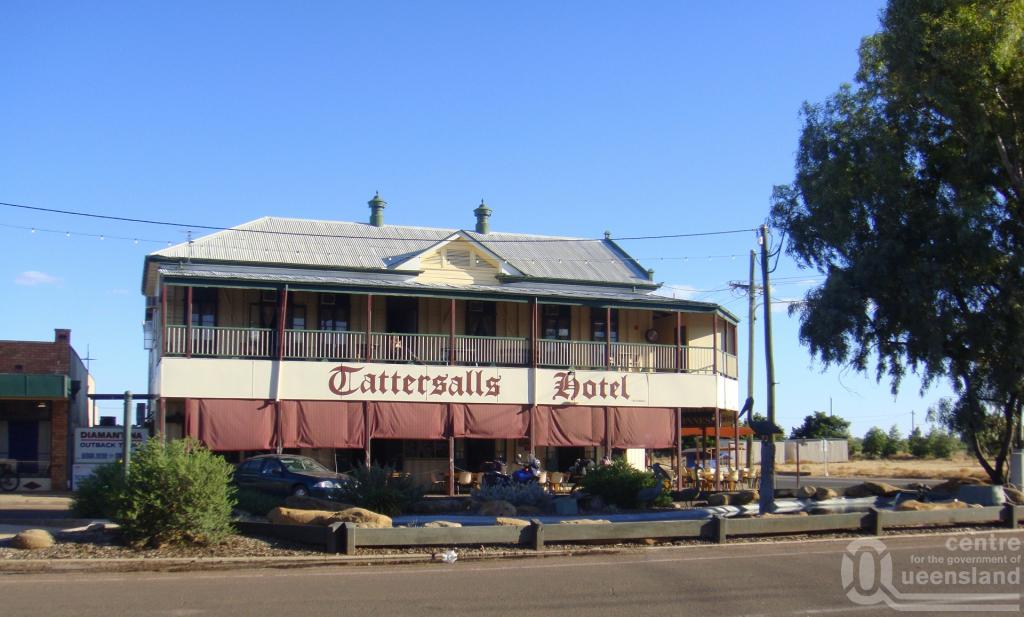Leaving Winton we travelled eastward gradually moving from
very dry outback drought-ridden landscape into more tropical vegetation the
closer we got to the coast. Sugarcane and Mango farms are extensive in this
area. Eventually we stopped at Ayr for a
couple of days. Ayr is about 88 kilometres south of Townsville and is situated
on the Burdekin River, and, with the coast also not far away, it is very popular
for fishing. We stopped in a very nice park for several days to catch up on
some washing and grocery shopping. The park has some very large Morton Bay
Figtrees inhabited by masses of noisy birds. At night this changes to bats and
their noise – squabbling and scrabbling along caravan rooftops is quite
startling but thankfully around 10pm all settle down and everyone - birds, bats
and holiday makers - all get a good night’s sleep.
From Ayr we continued south towards the coast and eventually
came to Conway Beach not far from Airlie Beach. This area is very picturesque –
tropical and warm, and was quite a change for us after the dryness of outback
travel. Conway Bay turned out to be sited a short stone’s throw from a very
shallow bay and the park is well set up with a holiday theme catering mainly
for retiree travellers who like to fish – and there is bingo, craft days, pizza
nights and happy hours each day. For young families there is a large modern
playground area (bouncing castle, waterslide, shallow kiddy pools and a ‘train’
for rides around the park). A little too ‘Hi-De-Hi’ for us, but an interesting
stop none-the-less. One day we drove
into Airlie Beach as we had heard so much about this place on the Whitsunday
coast. We could not believe our eyes- with overdevelopment rampant, the town is huge. Masses of highrise (terraced into the hillside) houses and apartments,
multiple shopping complexes, roundabouts, traffic and people everywhere. ALL
the major fast food places had at least one outlet. Didn't see the beach at
all, but there was a massive port area with boats coming and going. We were
just shocked, and admittedly we had just spent weeks in the outback with few
(but very friendly) people, very little traffic and wonderful wide open spaces
- but still - how did they get away with it in such a beautiful area?
 |
| The jetty at Shute Harbour. |
We turned away and drove a little south to Shute Harbour and
this was much nicer. It is still a small town and very prettily situated. Do hope
it doesn’t go the same way as Airlie Beach. Finally, we stopped in Proserpine
and this, I imagine, has stayed much as it always has since its founding in the
1890s – a working town with sugar cane mill and old style shops and no pretence
at being a resort. All in all it was an
interesting tour of three very different towns all within twenty minutes drive
of each other.
 |
| Shute Harbour. |
We decided we had better start the long drive south and so
from Conway Beach we overnighted near Wallaroo, then drove into Roma to stop
for lunch supplies and also to see if the most amazing Drapery shop that I
first saw two years ago was still operating. Ace Drapers in Roma is like no
other store I’ve seen. It looks a bit decrepit from the outside, but inside is
huge with goods stacked floor to ceiling height.
 The owner keeps buying stock
but there is no space left so boxes and boxes get stacked two and three deep
outside in alcoves along the shop front (these get taken inside at the end of
each day!). He also has several other disused premises that he uses for storage. I have
never seen so much fabric in one store in my life and it is quite overwhelming.
There would not be anything in the drapery and kitchen goods area that is not
available at this shop.
The owner keeps buying stock
but there is no space left so boxes and boxes get stacked two and three deep
outside in alcoves along the shop front (these get taken inside at the end of
each day!). He also has several other disused premises that he uses for storage. I have
never seen so much fabric in one store in my life and it is quite overwhelming.
There would not be anything in the drapery and kitchen goods area that is not
available at this shop.
Of course I found some fabric to buy and some sheets
for the caravan too. The cutting table is piled high with more boxes of stock,
so the assistant had a bit of difficulty cutting lengths of material. Likewise
the cash register is also almost hidden beneath towering items - but they were still able to take payment!
 |
| The ribbon section alone. |
 |
| Me - searching for fabric. There is another aisle similarly packed with fabric. |
Next stop - Moree with its thermal pools. Looking forward to a dip.























